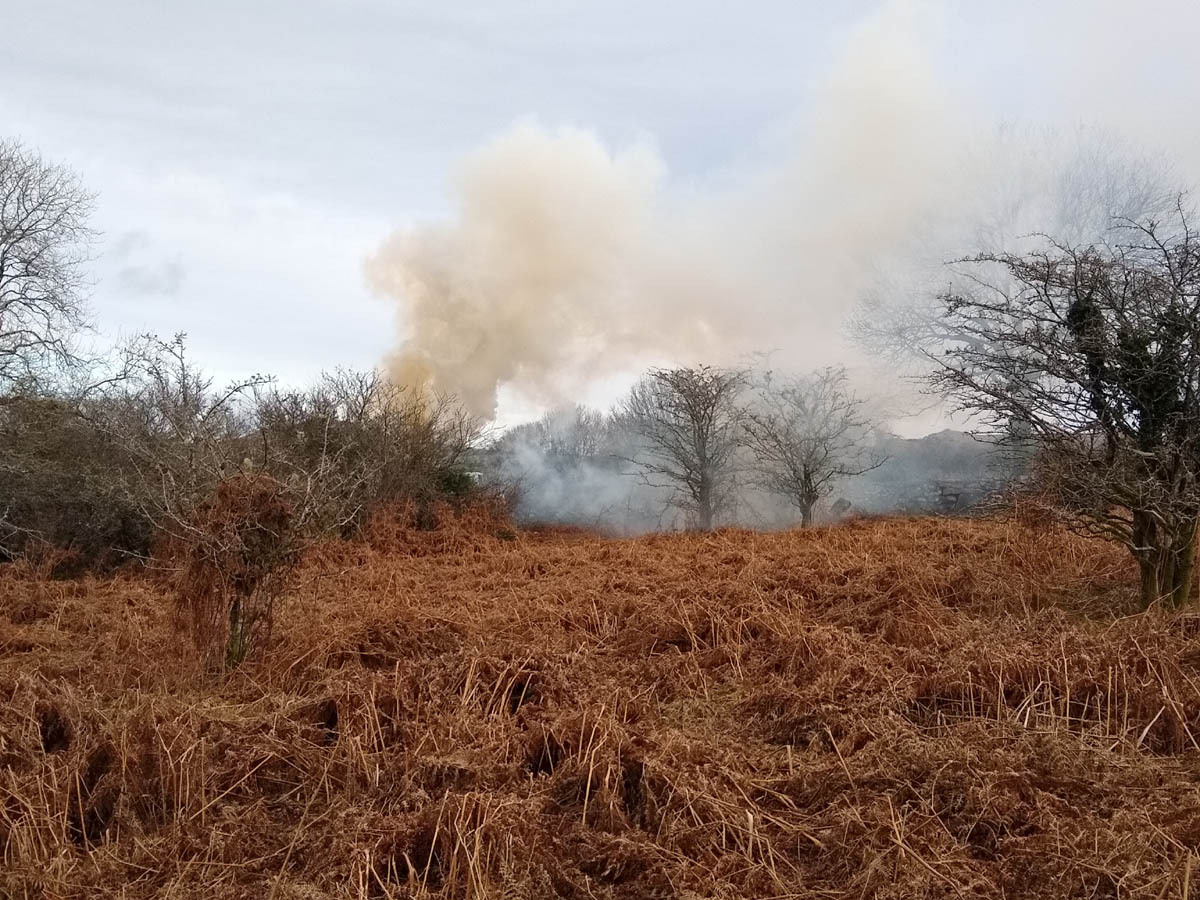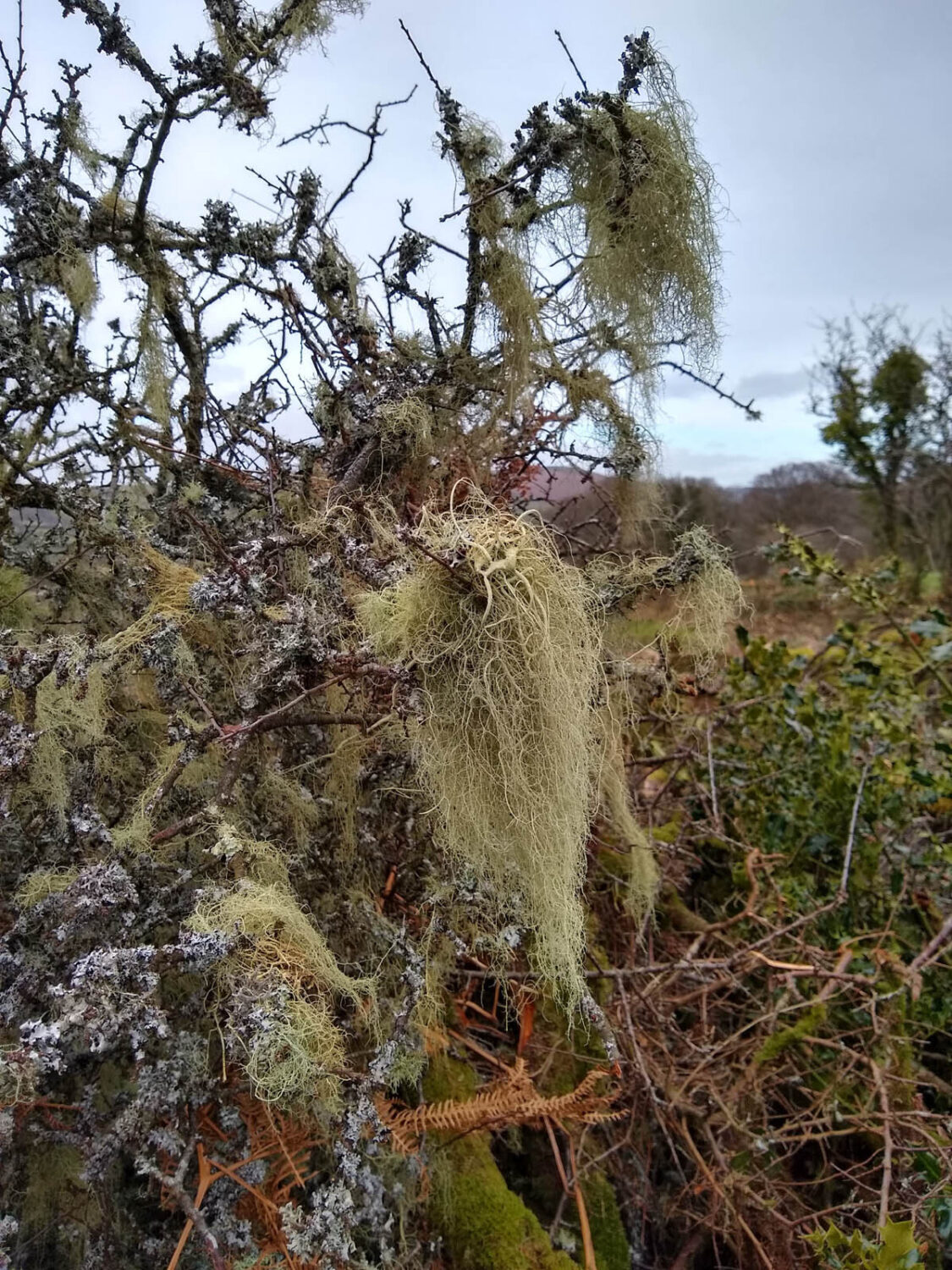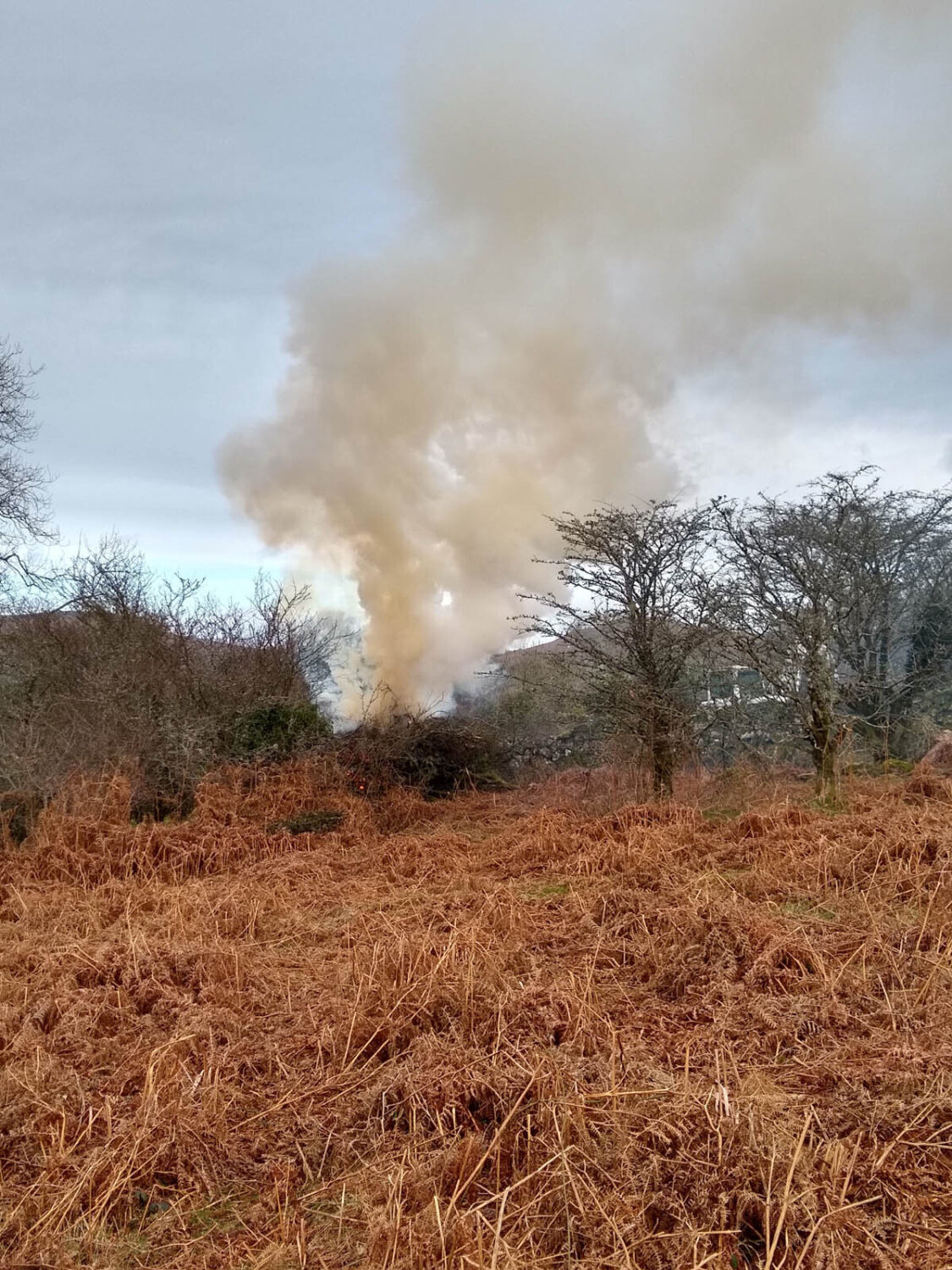
You might have read about the government’s commitment to safeguarding wildlife and conserving the environment which is, according to Defra’s newly-published road map, to be “the cornerstone of the government’s new agricultural policy, based on the principle of paying public money for public goods, such as clean air and water, thriving wildlife, engagement with the environment and adaptation to climate change”.
But look around, and everywhere you will see hedges cut back to stumps and new fencing being erected. Birds and other wildlife have been losing precious habitat and connecting corridors, thanks to the inaptly-named countryside stewardship grants.
In a small corner of Dartmoor near where I live, there used to be a long line of old hawthorn trees and scrubby blackthorns growing alongside and on top of a slumped stone wall bordering a hill farm. This is scrubland, a vital habitat according to Isabella Tree the author of Wilding: The return of nature to a British farm, but the one least likely to be valued.
In the last couple of weeks, the rich thicket of thorns running alongside the wall has all been cleared. And this week it was being burned. The smoke was thick and acrid, heart-breaking to see and to breathe.

Trailing beards of slow-growing Usnea articulata lichen showed how old these trees must have been: they draped themselves like prayer flags and you could see their thin strings of sausages among the tendrils. Once gone, Usnea is difficult to re-establish. On the walls there are other lichens and mosses that may survive but this almost-rare species is now sizzled.

There are other huge losses here. I am only a hobby naturalist, so my list won’t be comprehensive, but over the years I have walked there I have seen many bees and butterflies (including red admiral, small tortoiseshell, peacock and green hairstreak) nectaring and sheltering among the blossoms and leaves of these tall hawthorns. Some summers I have stood in wonder beneath these trees, listening to the hum.
I imagine there would also be innumerable pupae overwintering here in the shelter between tree and wall, between farmland and moorland, a rich and varied habitat in itself.
Birds such as yellowhammers and linnets used to sing from the twigs and probably nest in the safe-enough, camouflaging tangle: both are on the International Union for Conservation of Nature (IUCN) red list of threatened species. Cuckoos (red list) abound here and feed on hairy caterpillars that favour hawthorn and blackthorn. Fieldfares (red list) feed on the berries in the autumn along with redwing (amber list). Song thrushes and meadow pipits (both amber list) are here too, darting between field and moor.
In my capacity as a parish wildlife warden, I plucked up my courage to voice my distress to the person carrying out the work. He told me mature trees were being left and, indeed, there were some sycamores still standing. They thrive in this area, liking the wind.

He explained the work was being paid for through a countryside stewardship grant and agreed that it was a scene of desolation at the moment. I know he is an expert stone-waller and his rebuilt wall will indeed be beautiful.
But I’ve learned from James Rebanks (author of English Pastoral:An Inheritance) that farmers will, of course, follow the money offered to them through Defra’s grant system: who wouldn’t? And the fact that the system must be followed to the letter means no tree that isn’t perfectly upright can be saved or else the whole grant may have to be paid back. I left him to his work.

At home, I checked the countryside stewardship grants and found to my resigned despair that there is no question to establish what natural habitat already exists and what will be destroyed. A form dreamed up by Whitehall people in offices, who don’t mind or even know how easily and quickly small ecosystems get destroyed, that a hedge’s connective routes are vital.
I can see there’s more “tidying-up” work to be done next year as the grant states work must not be carried out between 1 March and 31 August.
Our wildlife is clinging on by its wingtips and here’s another small calamity to add to all the rest. As the American poet Jane Hirshfield wrote in ‘Today, Another Universe’ in her latest collection, Ledger:
Today, for some a universe will vanish.
First noisily,
then just another silence.




